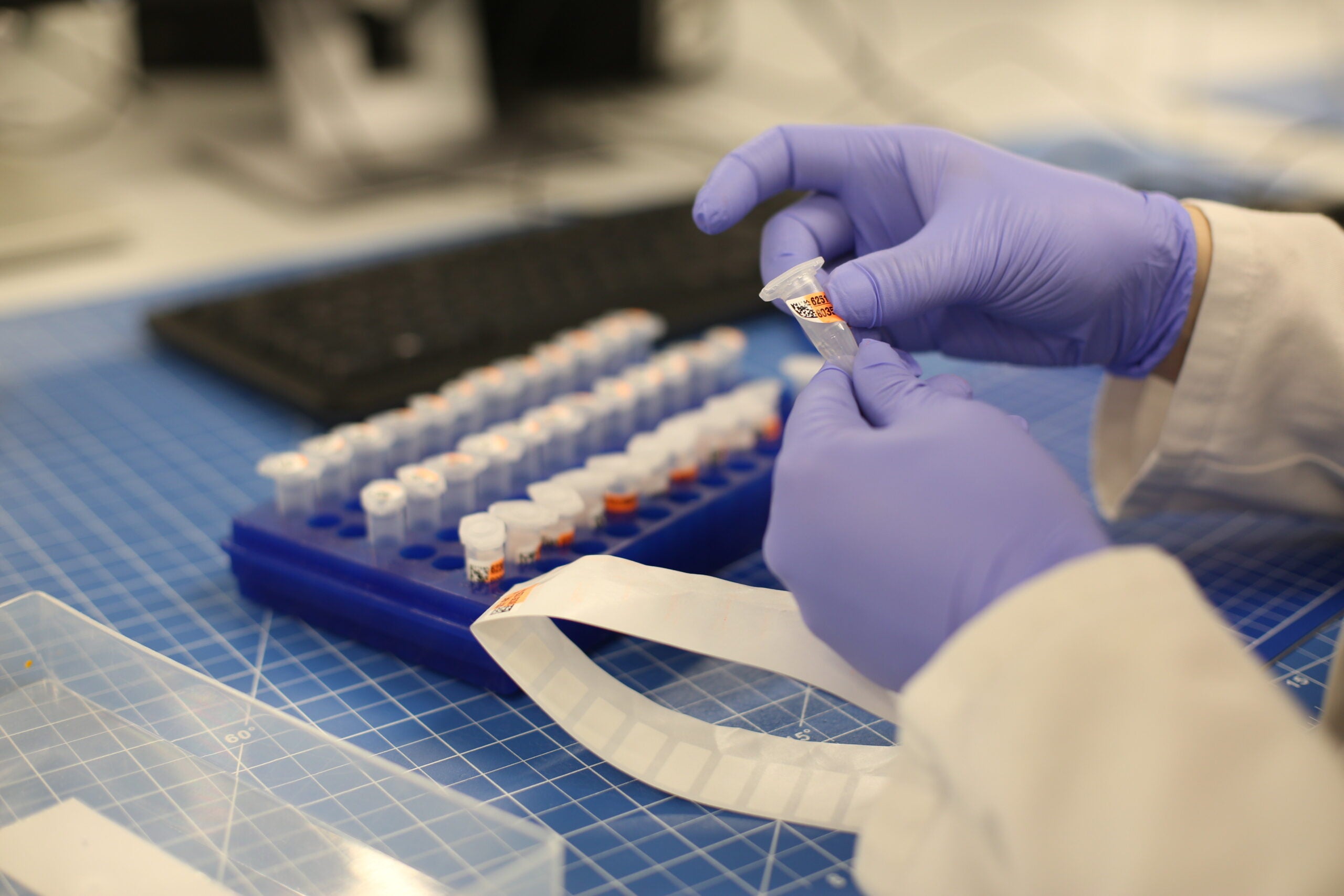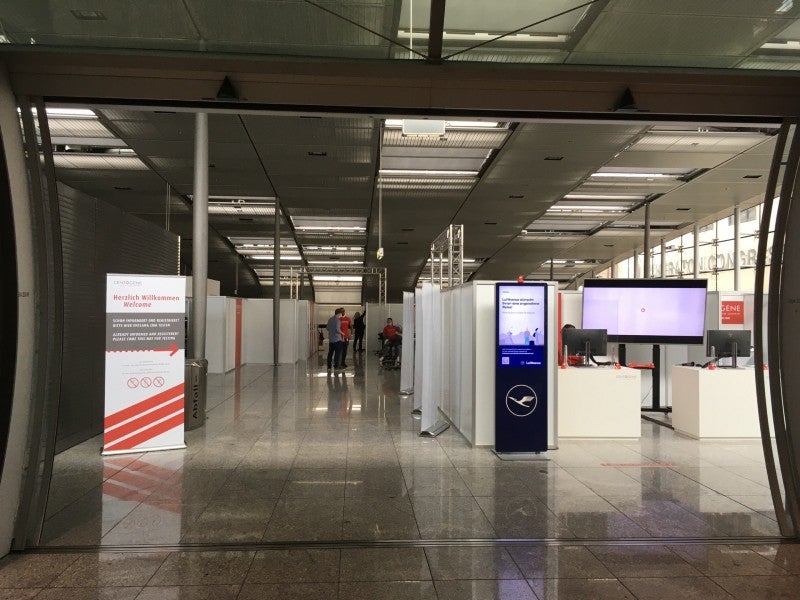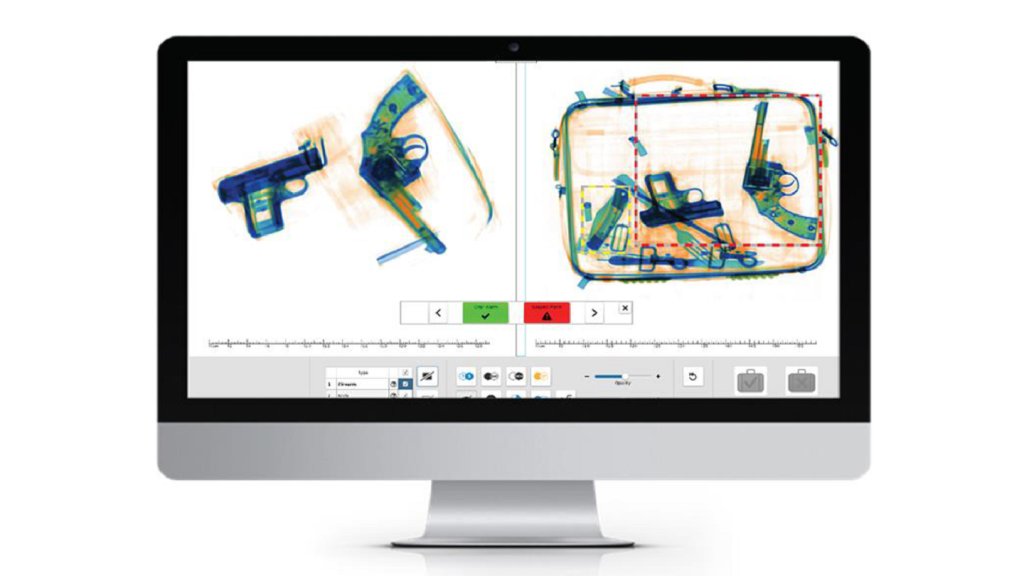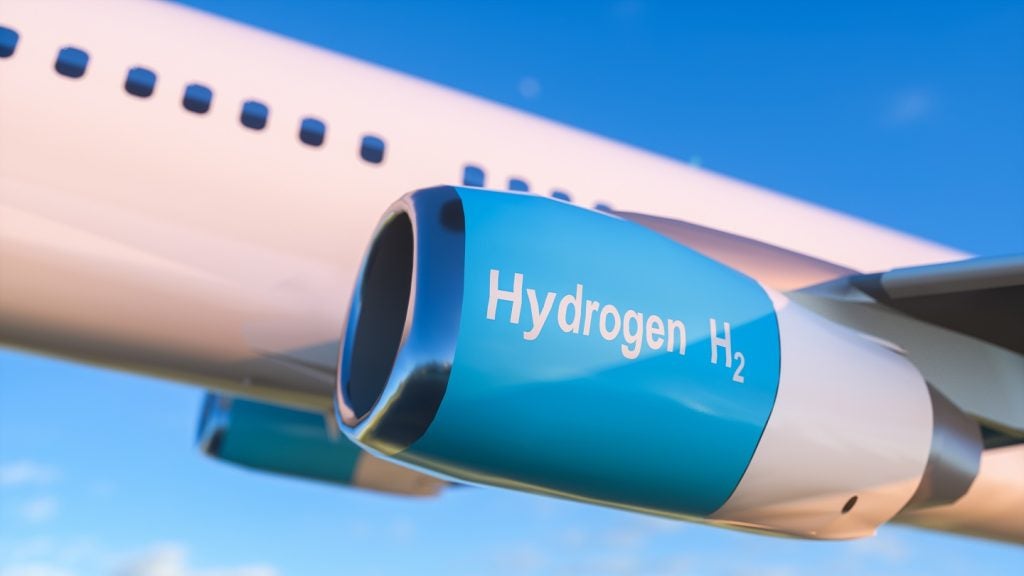
Nearly a year after the first Covid-19 cases were recorded in China, images of empty terminals, deserted runways and quiet skies remain fresh in the memory. Now, after a brief summer period where flights picked up again in a number of regions, the prospect of a second wave of the pandemic is lurking over a sector that simply cannot afford to lose any more traffic.
However, the industry is determined to not let this happen. From achieving compliance with the Airport Council International’s (ACI) Health Accreditation scheme to introducing touchless technology throughout their facilities, airports are trying to encourage passengers to fly again. They have also been urging local governments and international agencies to introduce mandatory testing before or after travel.
The task is proving tougher than predicted. Despite successful examples such as Italy and Germany, a lack of a unified approach to the issue and organisational challenges make implementation all the more arduous and confusing for the general public.
Is airport testing at arrivals realistic?
While not the ultimate cure-all to the sector’s crises, testing is generally considered to be the ideal temporary solution until a vaccine becomes commercially available.
ACI World and @IATA have today made a joint call for a globally-consistent approach to testing international passengers as an alternative to quarantine measures. Read more: https://t.co/YewKEDd70S #TestDontTrap pic.twitter.com/CpGn0RW72X
— ACI World (@ACIWorld) October 7, 2020
How well do you really know your competitors?
Access the most comprehensive Company Profiles on the market, powered by GlobalData. Save hours of research. Gain competitive edge.
 Company Profile – free sample
Company Profile – free sampleThank you!
Your download email will arrive shortly
Not ready to buy yet? Download a free sample
We are confident about the unique quality of our Company Profiles. However, we want you to make the most beneficial decision for your business, so we offer a free sample that you can download by submitting the below form
By GlobalData
A recent report carried out by the Scientific Advisory Group for Emergencies – the UK Government’s scientific advisory board – has concluded that testing would provide valuable insights on infections and even help contain the spread of the virus. “Although testing at borders is unlikely to have [a] significant impact on importation rates, it would provide important epidemiological surveillance data and potentially reduce onwards transmission if it results in higher adherence to quarantine periods and activating onwards contact tracing,” it said.
According to the International Air Transport Association (IATA), failure to implement new testing regimes could prove fatal for the aviation sector. Director general and CEO Alexandre de Juniac said in an October press release: “Systematic testing is the key to restoring connectivity. That’s critical because millions of jobs depend on aviation. We must learn to live with this disease and that includes safely restoring the freedom to travel.”
Both IATA and ACI World have been in talks with the International Civil Aviation Organization (ICAO) and its newly created Council Aviation Recovery Taskforce (CART) to eliminate quarantine rules across the world and make testing a key part of flying.
“As the CART reconvenes [in mid-October] ACI and IATA emphasise that a systematic approach to testing must be the key focus,” the statement continues. “Both associations call for an internationally agreed and recognised approach to testing passengers during the travel process that is fast, practical, accurate, low-cost, easy-to-use and supported by public health authorities.”
Successful cases: Alitalia and Lufthansa’s testing centres
 The Centogene test centre at Frankfurt Airport. Credit: Lufthansa Group.
The Centogene test centre at Frankfurt Airport. Credit: Lufthansa Group.
A global and cohesive approach to testing when travelling would be desirable, but for many aviation stakeholders, waiting for it to happen is simply not enough. Jobs, revenues and traffic are all on the line.
As a result, several independent initiatives have been launched during the summer, across Europe and beyond. One such case is Italian carrier Alitalia, whose two key hubs – Milan Linate Airport and Rome Fiumicino Airport – are now only flying passengers who have been tested for Covid-19.
Between September and November, the initiative required people on selected flights to present a medical certificate showing a negative result to either a PCR test or antigen test undertaken within 72 hours before departure. Passengers who failed to do so also had the option of undergoing a free rapid antigen test on site on the day of departure.
Meanwhile, German carrier Lufthansa has been offering testing services at some of its major airports since the summer. As Lufthansa Group senior director of product management Dr Bjorn Becker explains, the airline opened its first testing centre in June this year at Frankfurt Airport with a capacity of 10,000 tests per day. “Over 250,000 tests have been performed over the summer,” Becker says. “On average, only 1% of the samples taken tested positive during July and August.”
Located inside the airport, the centre is handled in partnership with Centogene. People can either register online or on site, with the option of getting results within six hours at the cost of €139 or 12 hours for a smaller fee of €59. According to Becker, over 97% of the results were communicated digitally within 24 hours and automatically linked to a passenger’s boarding pass.
As the summer went by, the success of the project has encouraged Lufthansa to open similar centres in Hamburg, Düsseldorf and Munich. “Lufthansa is allowing its passengers flexibility in travel to reach their desired destination with confidence and omit the quarantine requirements,” Becker comments.
“This [testing initiative] is [here] because tests for people coming from areas with a higher incidence of infection offer more security than, for example, a quarantine obligation, which is difficult to control.”
Problems with Covid-19 testing at airports
According to ACI World senior vice president of international relations and corporate secretary Michael Rossell, testing for Covid-19 at airports is not the best solution. “We do not believe that testing at airports is practicable nor desirable,” he says, mentioning the capacity challenges of confining people in a small space for testing.
“There is both this logistical problem and an epidemiological problem that if any of these people are positive, you have just artificially constrained them all and put them all together in one space and that to us does not make sense.”
Through its work with CART and overall collaboration with IATA, the World Health Organization and other entities, ACI is instead lobbying to introduce a mandatory, pre-departure testing system paired with a secure way of storing results that can work as a medical certificate for passengers. “ACI is very strongly in favour of having a risk-based testing programme,” says Rossell. “We need to get governments to adopt positions whereby they are comfortable in terms of risk basis and analysis.”
 Testing would provide valuable insights on infections and even help contain the spread of the virus. Credit: Lufthansa Group.
Testing would provide valuable insights on infections and even help contain the spread of the virus. Credit: Lufthansa Group.
In practical terms, this wouldn’t necessarily have to be a one-size-fits-all approach, but rather a “stratified testing programme” that varies depending on infection prevalence in a specific country. In other words, countries should eliminate testing requirements for passengers when they are travelling to a place with equal prevalence and introduce it where the risk is higher.
Implementing a worldwide testing programme
With so many independent initiatives already taking place and no clear guidelines on international implementation, coming up with a uniformed approach and rollout requires time. To support the process, ACI is collaborating with The Collaborative Arrangement for the Prevention and Management of Public Health Events in Civil Aviation and “urging it to develop a framework [with a] universal application”, according to Rossell.
“Removing the need for quarantine will give increased confidence [to] passengers,” he says. “This way, they will know that they’re not going to be trapped for 14 days either in the country to which they’re travelling or on return to their home country.”
Once a harmonised approach is finalised, it will then be up to local health authorities to provide the means and guidelines for testing in individual countries. At a meeting of ICAO leaders on 29 October, ICAO Council President Salvatore Sciacchitano discussed that amendments would soon be coming to CART guidelines that “focus on the evolving technological and medical advancements in the fight against Covid-19”, as well as stakeholder feedback.
On 4 November, ICAO and ACI also announced the launch of a new Global Airport Safety Professional qualification programme, which the organisations hope will help airports achieve ICAO compliance.
Needless to say, the latest advancements in rapid testing could really make a difference. “Rapid tests are improving significantly in quality and are also a lot cheaper than PCR tests,” Rossell comments. “So if the quality of the tests can be brought up to the same order as PCR testing, then rapid tests will have a triple advantage in terms of being quick, cheap and accurate.”
Lufthansa’s Becker shares this view, stressing that these procedures are key to minimising the risk of introduction on-board. “Mutual recognition of a mandatory negative Covid-19 rapid test before departure could be the basis for resuming transatlantic traffic,” he adds. “In certain cases, the combination of a rapid test before departure and another test (rapid test or PCR test) after arrival could also be a useful way to ensure a particularly high level of protection in risk areas.”







